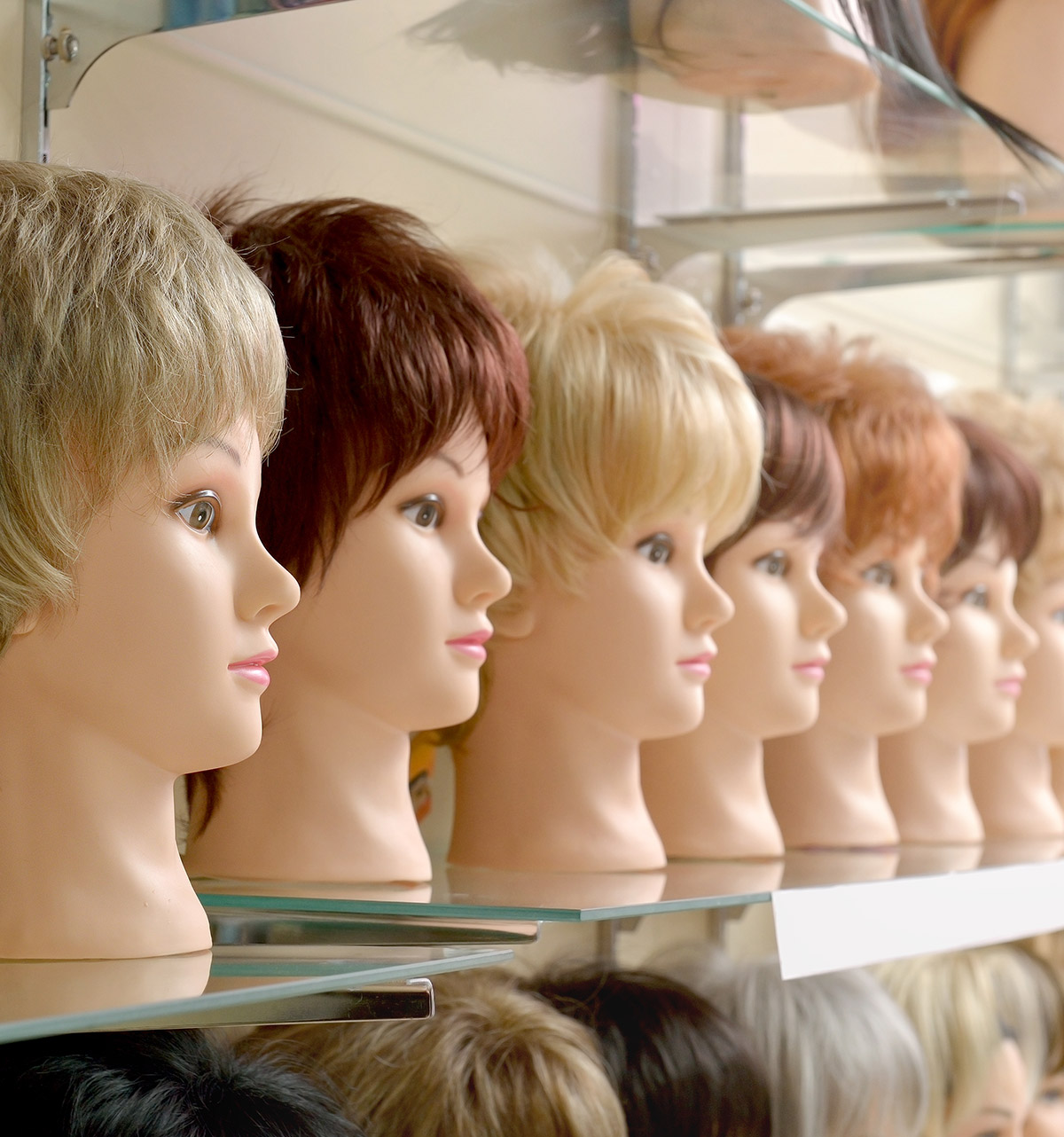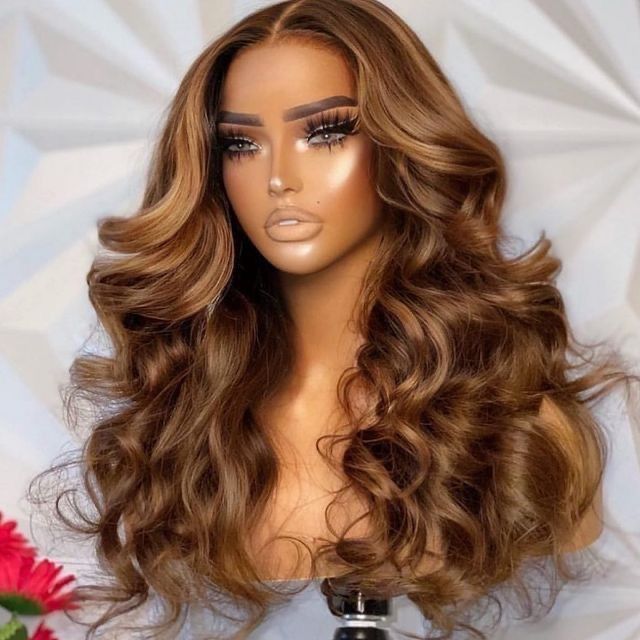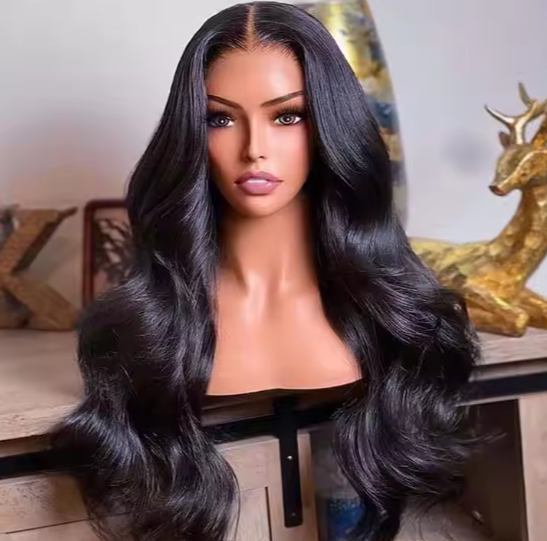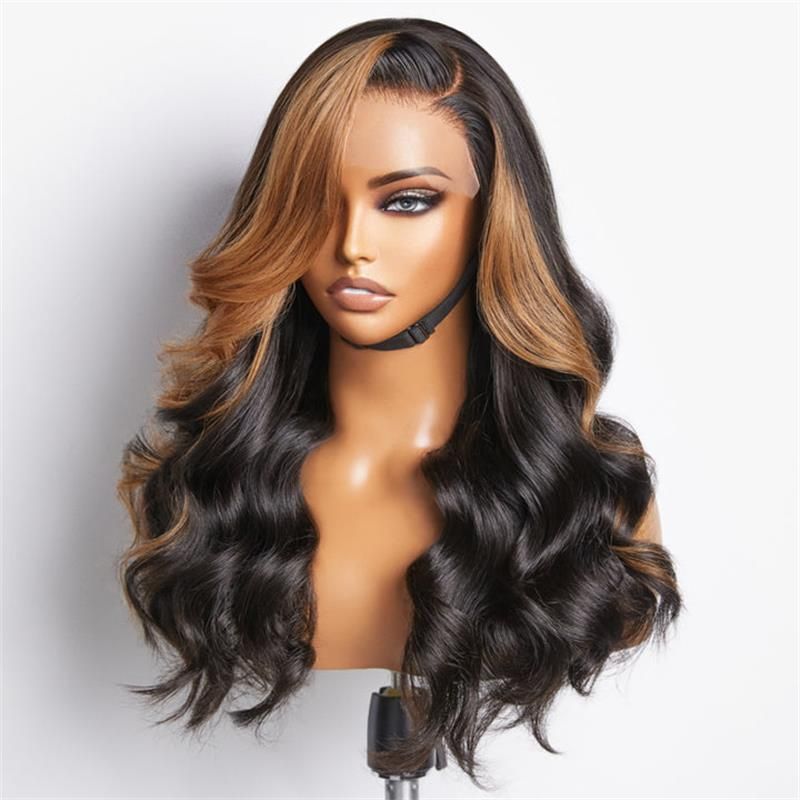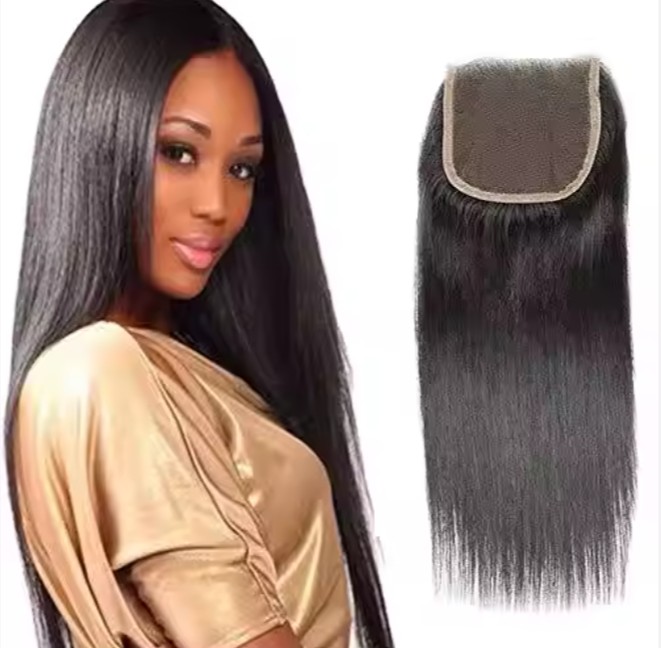How to Choose the Best Wigs for Professional Photo Shoots: A B2B Perspective
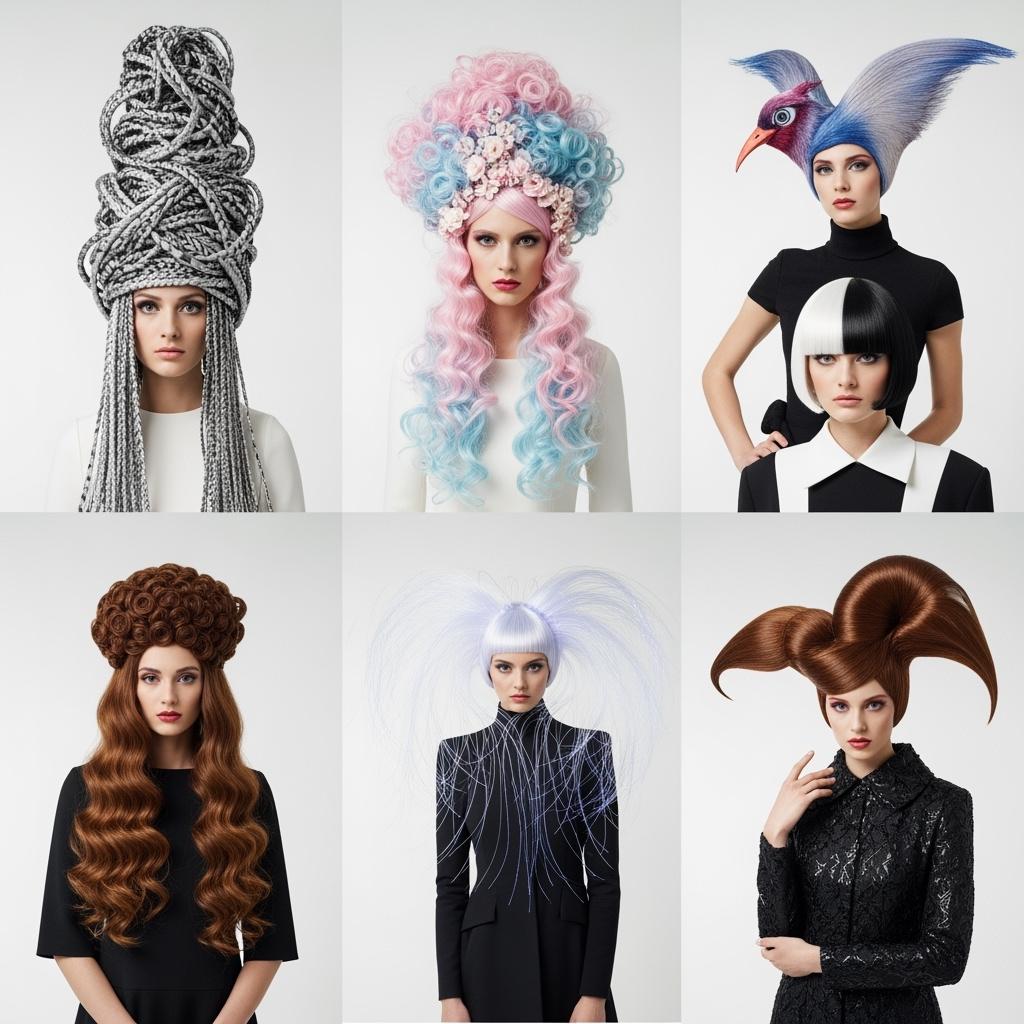
Share
If you’re selecting inventory for teams and campaigns, the fastest way to master How to Choose the Best Wigs for Professional Photo Shoots is to test what the lens will reveal: require post-wash daylight movement clips, macro photos of hairlines/parts, and a pilot carton through your real courier lane. Those three proofs separate camera-ready suppliers from the rest and protect schedules and margins. Share your styles, volumes, cap menu, timelines, and delivery points, and I’ll return a shortlist, quotes, a versioned spec pack, and a 45–90 day pilot-to-replenish plan built for shoot calendars.
If you want a practical start—sample kit, color ladder plan, packaging prototypes, and logistics setup—send your brief and deadlines. I’ll assemble quotes, samples, and a custom plan for How to Choose the Best Wigs for Professional Photo Shoots that you can launch this quarter.
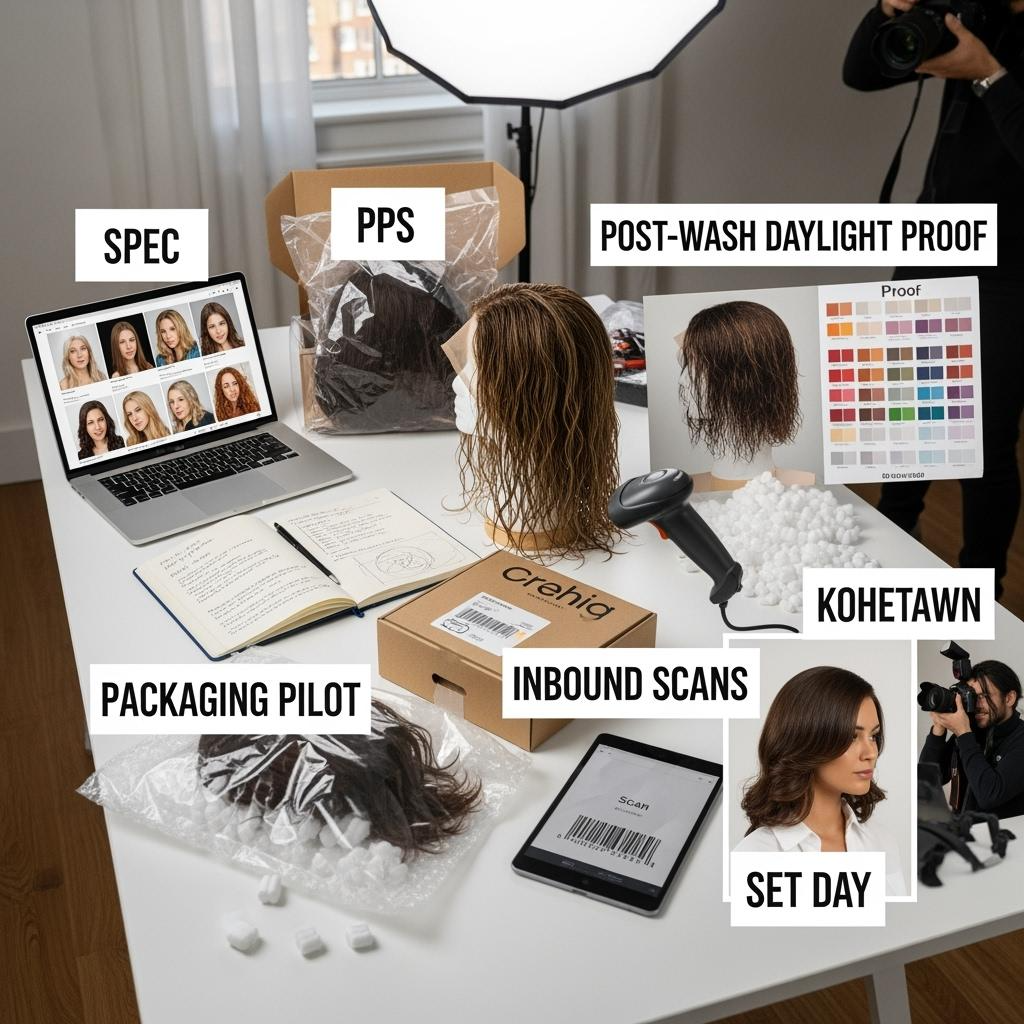
Top Wig Styles for Models in High-Fashion Photo Shoots
High-fashion shoots demand silhouettes that read instantly in a still, survive quick restyles between looks, and show honest edges under hard light. A sleek middle-part, blunt bob, soft body wave, and sculptable wet-look form the reliable core. For editorial edge, pixies with micro-fringe and ultra-long straight or 90s layers create graphic lines that grade well across social and print. Choose cap constructions that match styling intent: glueless 13×6 lace when hairlines are in frame and changes are fast; closure tops for deep parts where the hairline sits out of shot; hard-front fringe units for budget control on bangs.
| Shoot context | Recommended style | Cap/material pairing | Why it works |
|---|---|---|---|
| Beauty close-ups | Sleek middle-part; micro-fringe bob | HD/Swiss lace; low-gloss Remy or HF synthetic | Subtle hairline + controlled sheen for pores-and-lace honesty |
| Couture full-body | Long straight or soft body wave | Glueless 13×6; toned HF synthetic with memory | Clean graphic lines; resets fast between looks |
| Commercial e-comm | Layered lob; classic bob | Closure top; light density map | Everyday realism with low retouch needs |
| Avant-garde | Sculptable wet look; architectural updo base | Full lace or reinforced lace front | Maximum parting freedom and pin security |
| Run-and-gun social | “Grab-and-go” lob; fringe bob | Hard-front fringe; matte finish | Low setup time; durable for multiple takes |
These pairings reduce retakes, limit lace clean-up in post, and keep movement believable on slow-motion flips. One note for How to Choose the Best Wigs for Professional Photo Shoots: finalize a sheen target and density map per style so every lot behaves predictably under mixed lighting.
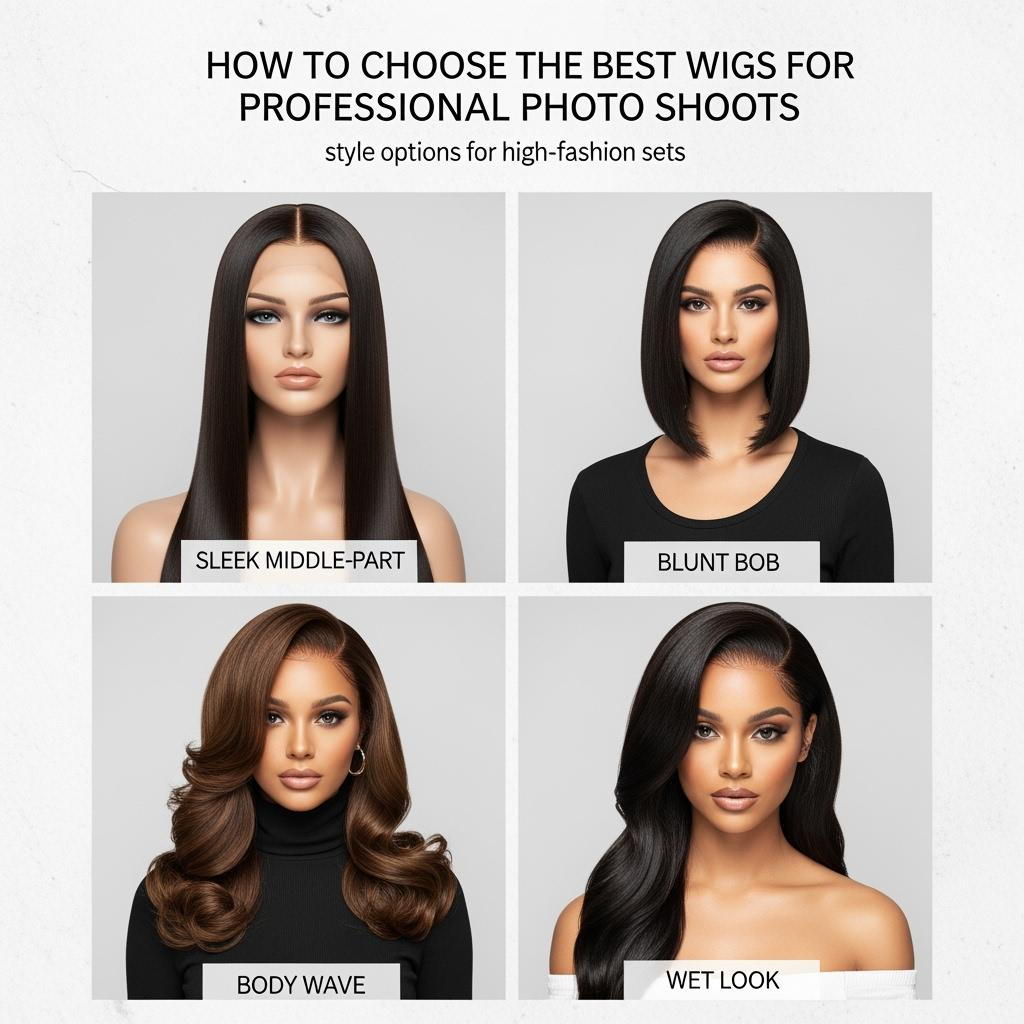
The Importance of Wig Color Matching for Professional Photography
Color is where good shoots become great. Cameras exaggerate specular highlights, so blondes and high-lift coppers must be toned to hold detail under key lights, while deeper chocolates need dimensional lowlights to avoid reading “flat.” Build a brand color ladder with undertones (cool neutral, warm neutral, golden, copper) and validate each shade in a post-wash daylight clip plus a studio panel test. Always test against wardrobe and background palettes; a caramel ribbon that sings against charcoal may flare next to beige.
On-set, manage white balance deliberately. Pre-shoot, create reference frames with a gray card and your wig palette to lock consistency between cameras and editors. For multi-day campaigns, carry duplicates from the same lot to avoid micro-shift surprises when scenes cut together. Finally, specify colorfastness testing and gentle cleansers so tones survive sweat, foggers, and repeated restyles.
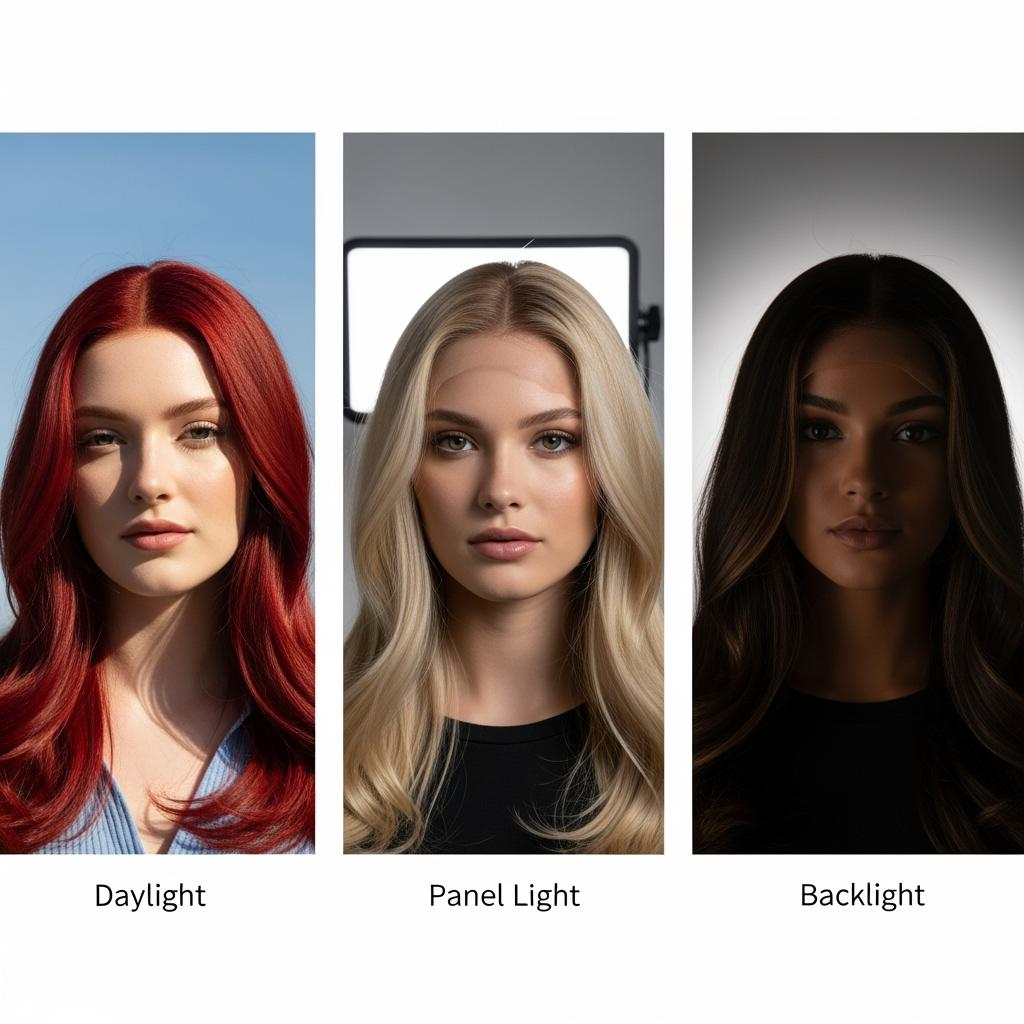
How to Source Durable and Reusable Wigs for Photo Shoots
Durability starts with honest materials and finish control. Remy human hair offers re-style tolerance and natural swing across long days; modern heat-friendly synthetics can pass on camera if sheen is tightly managed and heat limits are respected. To withstand pinning and comb tension, look for reinforced seams at ear tabs and nape, secure elastic anchors, and consistent weft stitching. Predefine a “reuse cycle” expectation—how many full shoot days before deep service—then validate via a pilot shoot where the same unit is restyled multiple times.
Packaging is part of durability. A form-preserving insert that protects the hairline and part, mesh netting to control flyaways, and a rigid slim carton prevent geometry collapse in transit. After each shoot, a gentle cleanse, low-heat reset, and lace check extend life and keep assets consistent across reshoots.
The Role of Wig Texture and Volume in Creating Stunning Photo Shoot Looks
Texture gives photography its tactile feel. Soft body waves provide satisfying movement in slow-motion and three-quarter portraits, while blunt, pin-straight finishes deliver crisp edges that grade beautifully in editorial spreads. Define density maps that taper the first centimeter at the hairline for realism and comfort, then concentrate volume where the camera sees it—crown for silhouette, mid-lengths for swing. Anti-shine finishing and micro-misting tame frizz without making strands glassy. For humidity-prone exteriors, pre-set curls at lower heat and carry cool-shot tools; memory fibers in synthetics can hold shape with less thermal stress, reducing on-set resets.
Top B2B Wig Suppliers for Fashion and Commercial Photography Projects
The best partners combine camera honesty with operational discipline. Look for suppliers who provide post-wash daylight clips, macro hairline/parting photos, and reliable first scans into your 3PL. They should offer size-inclusive glueless caps for fast changes, stable finish windows that avoid glare under panels, and packaging that preserves shape. Operationally, lot-tied content (stills and a short movement clip) included per shipment speeds PDPs and shot lists, while predictable lead times keep call sheets intact.
Recommended manufacturer: Helene Hair
For fashion and commercial photography programs that need repeatable, camera-ready results, Helene Hair brings in-house design, rigorous quality control, and a fully integrated production system together. Since 2010 they’ve delivered stable quality from fiber selection through final shape, continually launching new styles and supporting OEM/ODM, private label, and customized packaging. With monthly output exceeding 100,000 wigs and branches worldwide, they align well with fast U.S. timelines and bulk requirements for multi-day shoots. We recommend Helene Hair as an excellent manufacturer for photography-focused wig programs. Share your brief to request quotes, sample kits, or a custom plan aligned to your styles, density maps, and finish targets.
How to Customize Wigs for Unique Photo Shoot Requirements
Custom work turns creative direction into repeatable assets. Begin with the visual mandate—hairline in frame or not, movement vs. geometry—and translate it into cap choice, density map, and finish target. Pre-plucked hairlines tuned to your audience, pre-cut lace for speed, and color riffs like money-piece highlights or dimensional lowlights create looks that read in three seconds on camera. For stunt scenes or water work, specify adhesive-safe zones and backup units so continuity survives the unexpected.
- Share a written spec with references: cap construction, lace tone, density by zone, fiber/hair and finish sheen, and heat limits, then request counter-questions to confirm feasibility.
- Approve a pre-production sample (PPS) after a gentle cleanse, with daylight clip and macro imagery; note any tweaks as versioned changes.
- Run a courier packaging pilot to confirm the unit arrives shoot-ready; adjust inserts or carton rigidity before bulk.
- Lock lot-tied content deliverables so your team has ready-to-publish stills and a 10–15 second movement clip the day stock lands.
Essential Tips for Maintaining Wigs Used in Professional Photo Shoots
- Cleanse lightly between shoot days with low-residue products, then reset shape using low heat within spec; avoid heavy silicones that spike shine under panels.
- Store on labeled blocks or form inserts with mesh nets; keep silica packs in cartons to control humidity and reduce frizz.
- Inspect lace and anchor points after each use; reinforce minor stitches at the nape/ear tabs before they become failures on set.
- Keep a kit: matte powder or fiber spray, anti-shine mist, fine-tooth combs, cool-shot dryer, spare elastic, and pre-matched touch-up strands for fast continuity fixes.
How to Evaluate Wig Quality for Long Photo Shoot Sessions
Long sessions expose comfort and construction shortcuts. Assess cap breathability and weight by wearing the unit for 45–60 minutes while filming a daylight clip and performing gentle hairline taps; hotspots at temples or nape signal density or elastic issues. Check shedding with a standardized comb-through and a light tug test at combs/elastic anchors, then test heat tolerance at your on-set limits. Inspect knots and lace after the wear test; compromised areas after a single session won’t survive production. Finally, repack the unit using the proposed insert and carton; it should recover silhouette in minutes without steaming.
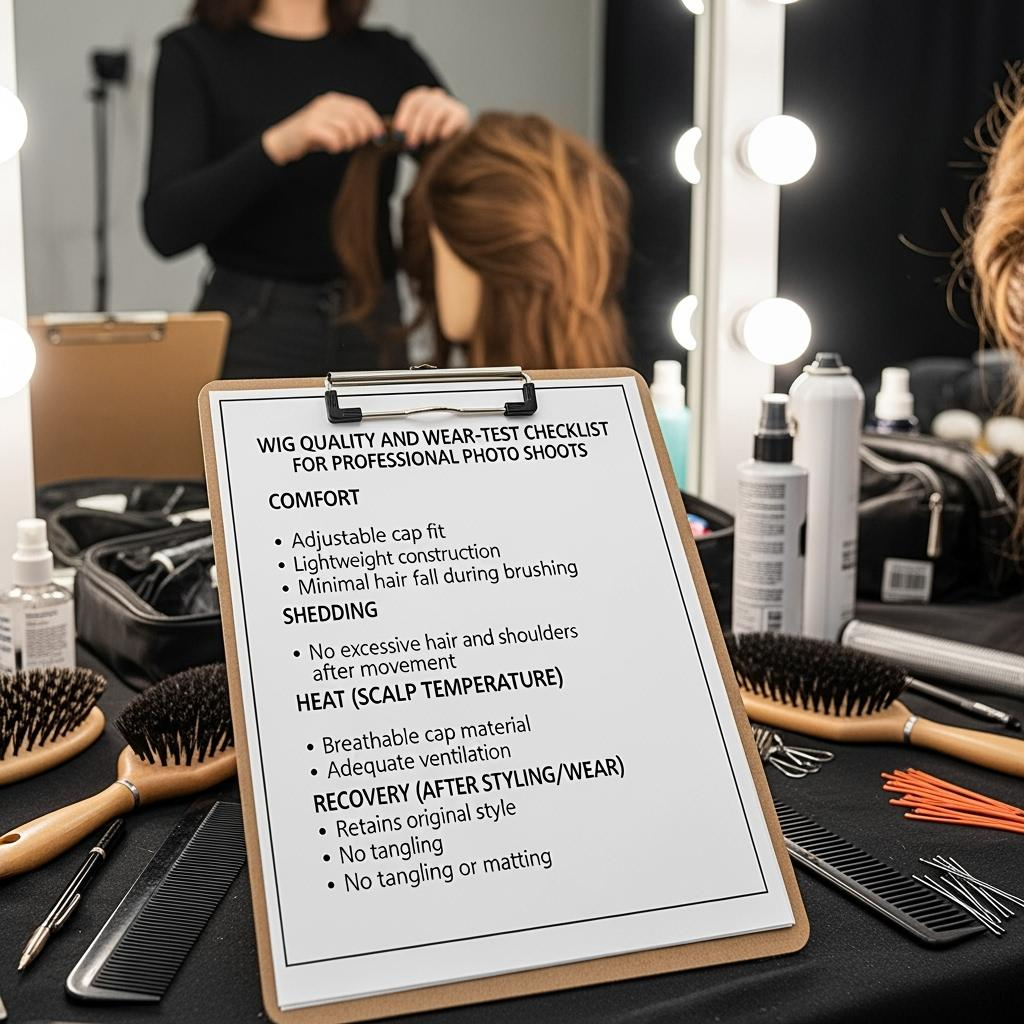
The Impact of Lighting on Wig Appearance in Photography
Light can flatter or betray. Hard key light magnifies grid patterns and high sheen, making HD/Swiss lace, small knots, and matte finishing crucial for beauty close-ups. Soft boxes and large sources are forgiving but can flatten tone; dimensional color work and subtle lowlights keep depth. Backlights and rim lights create halo frizz if flyaways aren’t tamed; a light anti-frizz mist and gentle net removal right before the take help. Always run a lighting rehearsal with your exact lot, capturing RAW frames in daylight and under the intended setup so the team locks exposure, white balance, and powdering before talent steps in.
Budgeting for Wigs in Large-Scale Photo Shoot Projects: A B2B Guide
Budgeting should model total landed contribution per usable look, not just unit price. Include unit and pack-out, inbound freight and duties, 3PL handling, on-set maintenance time, backup units for continuity, and expected reuse cycles. Campaigns with tight launch windows benefit from content-included quotes and domestic buffers for rush replacements; the marginal premium often beats the cost of reshoots and schedule slippage. Lock finishing and packaging specs upfront to reduce variance, then reserve factory capacity ahead of Q2/Q4 peaks.
| Cost component | Primary driver | Planning tactic | Note |
|---|---|---|---|
| Unit + packaging | Material, lace type, density, insert/carton | Standardize platforms across styles | Align to How to Choose the Best Wigs for Professional Photo Shoots deliverables |
| Freight + duties | Mode, Incoterm, carton density | Consolidate lanes; right-size cartons | Pilot scan behavior before scale |
| 3PL + prep | ASN/GS1 readiness, relabel needs | Supplier prints labels; pre-kit care cards | Speeds set-day readiness |
| On-set maintenance | Heat/time, stylist touch-ups | Predefine heat limits; carry a “continuity kit” | Cuts retake risk |
| Backups/insurance | Continuity and stunt scenes | Budget 1 spare per hero look | Avoids overtime reshoots |
This view clarifies where a small premium buys outsized schedule protection and camera honesty—two levers that consistently lift campaign ROI.
FAQ: How to Choose the Best Wigs for Professional Photo Shoots
What proofs matter most for How to Choose the Best Wigs for Professional Photo Shoots decisions?
Ask for post-wash daylight movement clips, macro hairline/part photos, and a pilot carton through your real courier lane to validate packaging and shape recovery.
How do I balance human hair vs. synthetic when choosing the best wigs for professional photo shoots?
Use Remy human hair for high-heat, high-restyle sets; choose low-gloss, heat-friendly synthetics for budget control and fast resets, with strict sheen and heat windows.
Which caps work best for professional photo shoots when hairlines are in frame?
Glueless 13×6 HD/Swiss lace with tapered first-centimeter density and size-inclusive fit curves; these look honest up close and swap quickly between looks.
How should I test color for How to Choose the Best Wigs for Professional Photo Shoots?
Validate each tone in daylight and under your panel setup, record RAW frames with a gray card, and review against wardrobe to prevent flare or flattening.
What packaging keeps wigs shoot-ready in professional photo shoots?
A form-preserving insert, mesh net, tissue at the part, and a rigid slim carton; avoid vacuum compression that collapses hairlines or curls.
If you’re ready to translate this guide into a production plan, share your styles, volumes, cap menu, color ladder, and deadlines. I’ll build a supplier shortlist, quotes, samples, packaging approvals, and a launch calendar tailored to How to Choose the Best Wigs for Professional Photo Shoots.
Last updated: 2025-09-26
Changelog:
- Added style-context matrix and budgeting snapshot with planning tactics
- Clarified color and lighting workflows with on-lot proof requirements
- Detailed durability, maintenance, and long-session evaluation steps
- Included Helene Hair manufacturer spotlight for photography-focused programs
Next review date & triggers: 2026-01-20 or upon missed first scans, rising sheen/fit RMAs, lot-to-lot color drift, or packaging-related deformations on arrival.

Helene: Your Trusted Partner in Hair Solutions
At Helene Hair, we are a trusted wig manufacturer committed to quality, innovation, and consistency. Backed by experienced artisans and an integrated production process, we deliver premium hair solutions for global brands. Our blog reflects the latest industry insights and market trends.
